How to choose high-quality safety shoes?
Safety shoes serve as a critical defense against potential workplace hazards. However, choosing the wrong pair can render them ineffective and pose a safety risk. So how can we ensure that we are choosing quality safety shoes or occupational safety footwear?
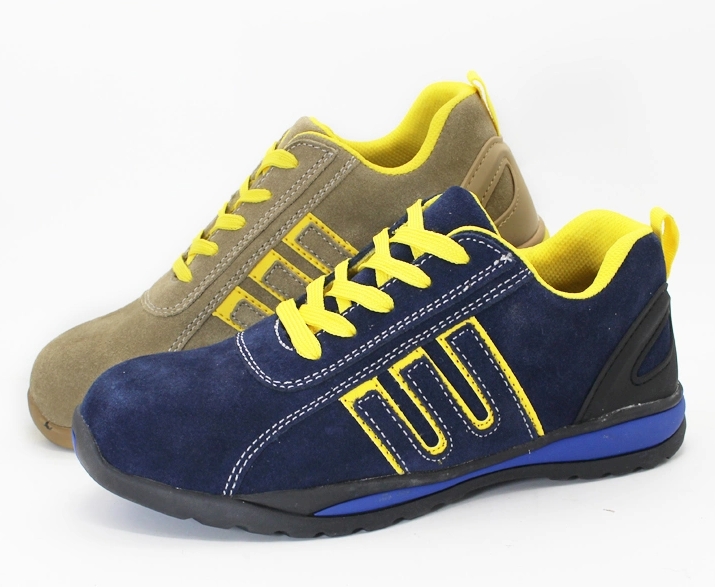
1. Identification of shoe upper materials: Various materials are used for safety shoe uppers in the Chinese market, including suede, transfer leather, shredded cowhide and cowhide. Recently, to meet European CE standards, manufacturers have introduced thickened buffalo leather. Distinguishing between the materials is critical. Here's how:
- Visual Inspection: Genuine cowhide has irregular patterns and natural pores, with good flexibility and breathability. Transfer film leather, on the other hand, lacks pores, feels stiff and is more waterproof.
- Touch Test: Genuine leather feels plush, elastic and lacks a cold sensation, while transfer film leather feels hard and cool.
- Cross-sectional observation: Genuine leather shows a fibrous base without a thin film layer, while transfer film leather has a visible artificial surface layer that can peel off when scraped.
2. Production Process: The production of safety footwear includes molding, injection, gluing and stitching. Injection molded shoes offer lightweight designs with strong sole-to-upper bond, typically using wear-resistant polyurethane for the outsole. Adhesive footwear, on the other hand, uses rubber soles to bond the upper to the sole, a traditional but durable method.
3. Safety footwear materials: Depending on the intended protection, safety footwear may include steel toecaps for toe protection, steel sole plates for puncture resistance and antistatic agents for static dissipation. It's critical to verify compliance with certified product grades and ensure the quality of materials and accessories.
4. Product comparison: Two primary comparison methods are available:
- Anatomical Comparison**: By longitudinally cutting safety footwear, the internal structure can be examined, including the upper, accessories, sole, steel toe and sole plate.
- Density examination: Single-density soles show uniform density and hardness, while dual-density soles show different densities between layers, providing elasticity in the lower layer. Two-color molding with uniform density indicates a single-density sole.
5. Try-On Experience: Testing safety footwear through actions such as walking, squatting, kicking and applying pressure provides insight into comfort and fit.
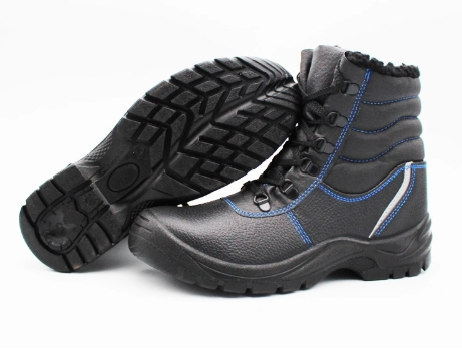
In conclusion, while safety footwear is an essential piece of protective equipment, it is important to remain vigilant to potential hazards. Regardless of the quality of the footwear, safety awareness remains critical. For reliable safety footwear, consider brands such as Xinjiaxu Safety Shoes.
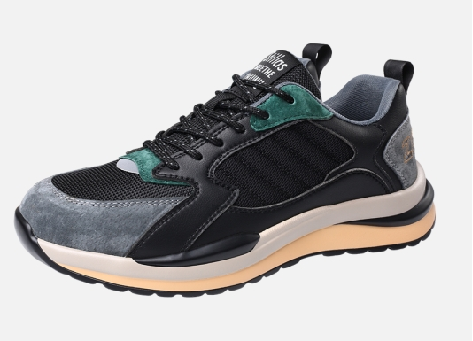 How to choose the right safety footwear for your workplace?
How to choose the right safety footwear for your workplace?
 What are the functions of anti-puncture protective shoes?
What are the functions of anti-puncture protective shoes?
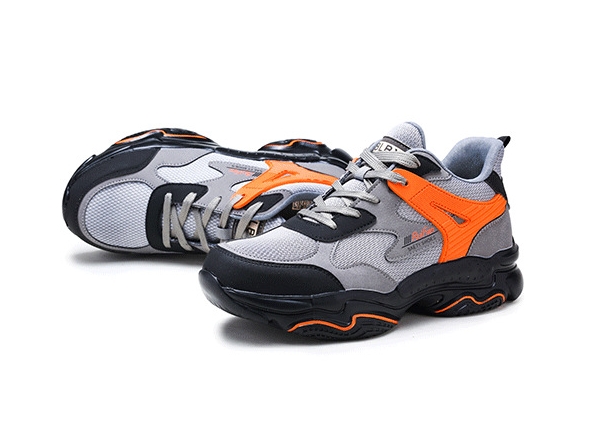 Which safety shoe sole reigns supreme?
Which safety shoe sole reigns supreme?
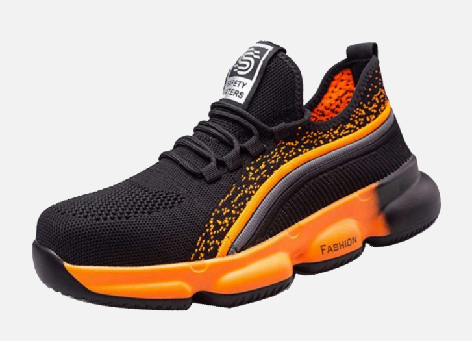 How to choose high-quality safety shoes?
How to choose high-quality safety shoes?
